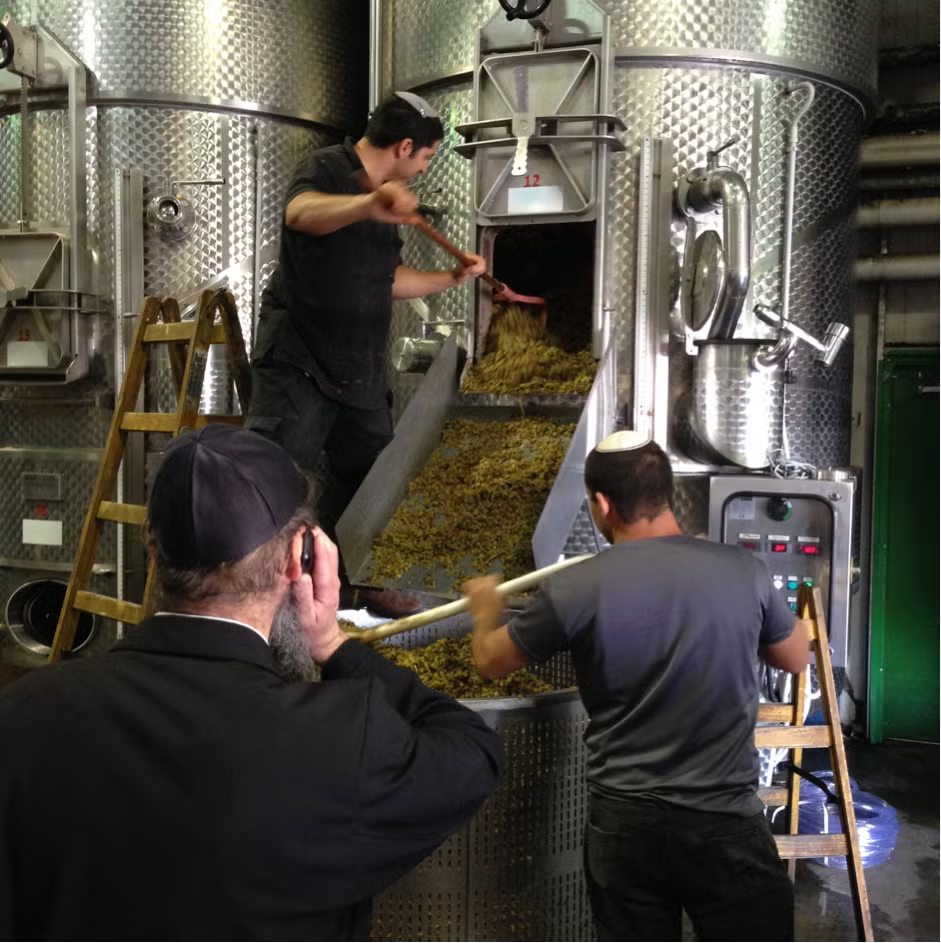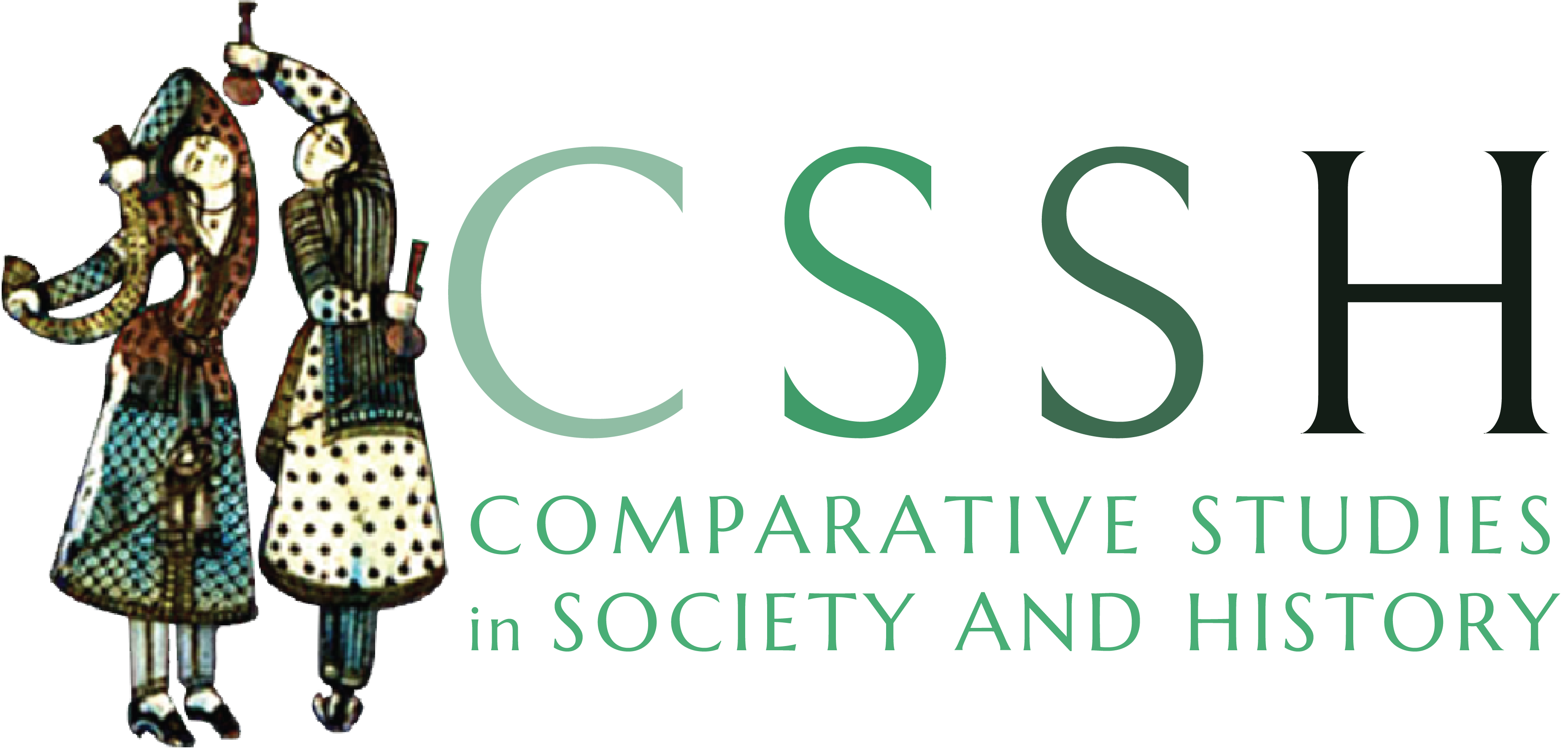In this essay, Daniel Monterescu and Ariel Handel take us “behind the scenes” of the disciplinary and geopolitical border-crossing fieldwork that formed the basis of their recent CSSH article, “Terroir and Territory on the Colonial Frontier: Making New-Old World Wine in the Holy Land.”

In 2010, soon after completing a beginners wine course, Daniel joined a “Breaking the Silence” tour in South Mount Hebron. The tour, led by soldiers who broke the silence on their service in the occupied territories, reveals the cruel realities of the occupation in which they took part. The tour takes the visitors through the landscape of the geopolitical frontier and includes Jewish settlements, unauthorized outposts, and unrecognized Palestinian villages with sites such as Lucifer Farm, Palestinian Susya, Mitzpe Yair outpost, Avigayil outpost, and the small Palestinian village Umm al-Khir. At one moment, the guide pointed at a forest located on a nearby hill and said, “This is where the Green Line crosses.” It was Yatir Forest, home to famous Yatir Winery vineyards, the then-winner of the highest score given to an Israeli wine by Robert Parker’s Wine Advocate. The contrast between the quality space of terroir—a keyword in the wine world also known as “the taste of place”—and the political space of settler violence triggered us to collaborate on excavating this dissonance in practice from a combined geographical and anthropological perspective. We asked ourselves: What are the connections between terroir and territory? How is premium award-winning wine made in such a place? What does it take to cope with the contradictions of the frontier? Do Palestinians and settlers negotiate their respective projects beyond the lens of political violence?
The regional winescape reflects these tensions: It boasts hundreds of historical wine presses carved in stone, used by the Jewish settlers to justify the “revival” of biblical wine traditions. It is also a place of state violence and organized land grabs, whereby vineyards are planted on lands forcefully taken by Jewish settlers from the nearby Palestinian villages. Finally, it is a hotspot for political activism centered around wine production, as shown by the Settlement Wine Operation film we discuss at the beginning of our article.
Yatir region straddles a multiplicity of borders: the geopolitical Green Line that officially separates Israel from the West Bank, the climatic desert threshold, and the southernmost distribution border of land under vine in the region. The common perception of borders as marginal “non-places” devoid of human significance stands in sharp contrast to the importance of zoning and boundaries in viticultural discourse, where terroir is seen as a defining characteristic of wine. Moreover, the tension between the aesthetic and the political led us to explore the political articulations of terroir as “somewhereness,” which wine writer Kramer describes as the illusive quality of the site-specificity and a sense of place (2007). Beyond the notion of taste, “somewhereness” also resonates with the value of authenticity and the political interface between humans and places, from small localities to nation-states. In Zionist mythology the metonymy between people and place was canonized with poet Tchernichovsky’s famous line “Man is nothing but a little plot of land / Man is nothing but the image of his native landscape.” “Somewhereness” captures the singular blend of soil, people, and cultural heritage distilled in a bottle of wine.

To better understand the technical complexities of the wine field, Daniel enrolled in several professional sommelier courses in Italy, Hungary, and Austria. Back at Yatir, fieldwork included volunteering in the vineyard alongside settler, Thai, and Palestinian workers, and in the laboratory where must is measured for ripeness (the proportion of sugar, acid, and pH levels of the grapes that determines the time of harvest), and where blends were concocted by the chief winemaker. Professional training facilitated a common ground for communication between the ethnographer wine apprentice and the winery staff. Since Yatir’s wine is kosher, negotiating secular and religious codes was another challenge for this project. One of the requirements for a wine to be certified as kosher is that from the moment the grapes reach the winery, only Sabbath-observant Jews may come in direct contact with the wine. Secular winemakers are thus dependent on Orthodox assistants and kashrut supervisors (mashgichim) who alone are permitted to draw tasting samples, and blend and bottle the final wine. Because many winemakers in Israel are not Sabbath observant, they cannot personally touch the barrels of the wine that will eventually bear their signature.
With a better scientific understanding of the process of winemaking, we embarked together on a genealogy of Israeli and Palestinian wine and a study of the global redefinition of terroir from an alleged objective reality to a socially constructed assemblage which incorporates the human and nonhuman ecosystem, including tradition, soil, and climate as well as microbes and fungi. We focused on the political determinants of terroir to show that wine is no innocent beverage. Denaturalizing wine is made visible through the dialectics between the territorialization of terroir and the terroir-ization of territory. The ambivalence of Israeli borders, indeterminate to this day, allowed us to analytically explore the distinction between border wines (made across well-defined political entities) and frontier wines (grown in the fuzzy spaces of colonial expansion). The story of transgressing borders enables the Israeli wine industry to position itself both within ancestral land and in the imagined space of a Mediterranean writ large.
While interviews and fieldwork for this article started a decade ago, it was completed only last year. In the process of aging it developed into a larger collaborative project on the politics of wine in Israel/Palestine and in Europe. The project features a comparative analysis of border wines in the Old and New World of wine (Monterescu 2017), the strategic use of terroir in the Jewish settlements in the West Bank as a form of “wine-washing” (Handel, Rand, and Allegra 2015), and most recently, the scientific and historical project of recreating “indigenous wines” and reverse-engineering terroir (Monterescu and Handel, 2019). The study of liquid politics has revealed how wine nourishes the contested construction of places, histories, and identities. The work of passion, sweat, terroir fervor, and romantic nationalism are thus fantasies made real, leaving palatable sediments in the materiality of wine. For us, it showcased the interdisciplinary synergy of comestible anthropology and political geography.

REFERENCES
Handel, Ariel, Galit Rand, and Marco Allegra. 2015. Wine-Washing: Colonization, Normalization, and the Geopolitics of Terroir in the West Bank’s Settlements. Environment and Planning A 47, 6: 1351–67.
Kramer, Matt. 2007. The Notion of Terroir. In Allhoff, Fritz and Draper, Paul, eds., Wine and Philosophy: A Symposium on Thinking and Drinking. Malden: Wiley-Blackwell.
Monterescu, Daniel. 2017. Border Wines: Terroir across Contested Territory. Gastronomica 17, 4: 127–40.
Monterescu, Daniel and Handel, Ariel. 2019. Liquid Indigeneity: Wine, Science, and Colonial Politics in Israel/Palestine. American Ethnologist 46, 3: 313–27.

